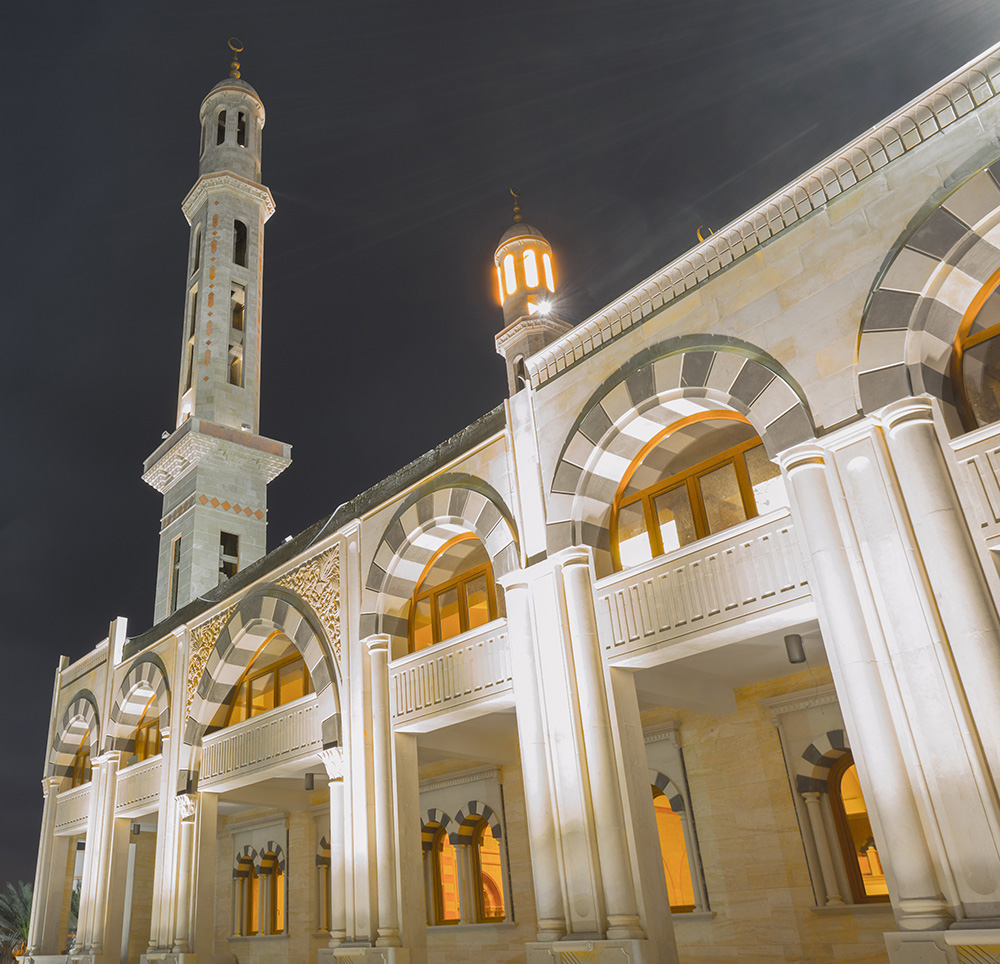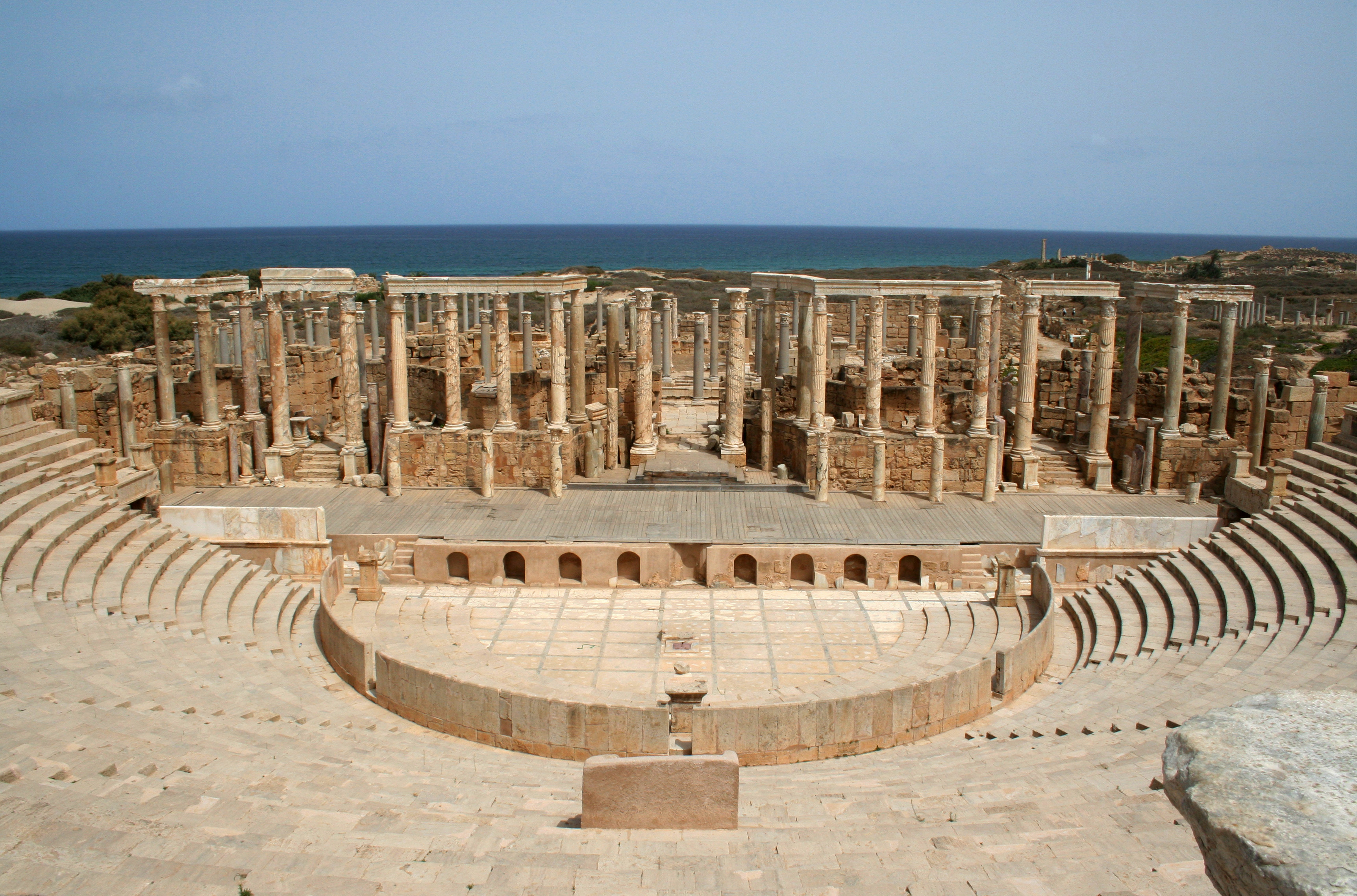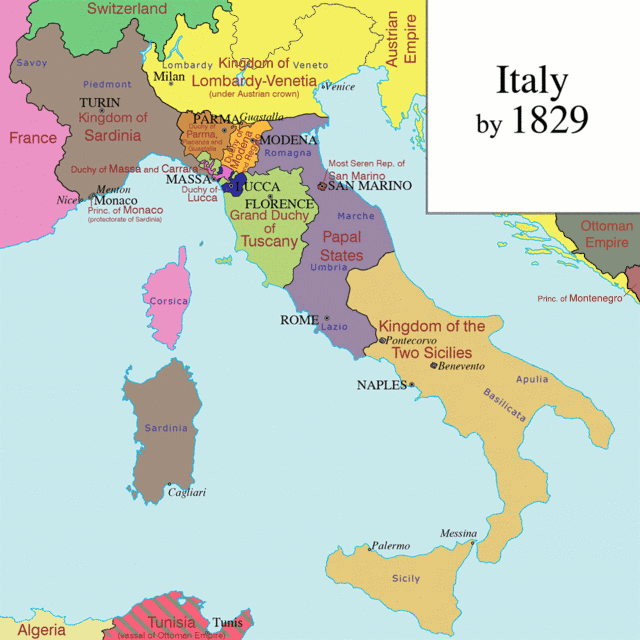|
Misrata Governorate
Misrata Governorate (or Misurata Province before WW2) was one of the governorates (muhafazah) of Libya from 1963 to 1983. Its capital was the town of Misrata. Initially in the 1930s was called "Provincia di Misurata" of Italian Libya. It was created out of the eastern part of Tripolitania province. The governorate's population was 145,894 in 1964 and had risen to 156,980 by 1972. Misurata Provincia Before WW2 it was called ''Provincia di Misurata'' and had the same extension and capital. it was one of the four provinces of Italian Libya, that were created in 1937 as a "Metropolitan region" of the Kingdom of Italy. It was divided in 3 sections (called "Circondari" in Italian): * Misurata * Zliten * Khoms (Homs in Italian) Some villages for Italian colonists were created in this 'province', greatly improving the farm production of the area: the most important was ''Villaggio Crispi''. The population in the 1939 Census was of nearly 225,000 inhabitants, most of which were Arab ... [...More Info...] [...Related Items...] OR: [Wikipedia] [Google] [Baidu] |
4th Shore
Libya ( it, Libia; ar, ليبيا, Lībyā al-Īṭālīya) was a colony of the Fascist Italy located in North Africa, in what is now modern Libya, between 1934 and 1943. It was formed from the unification of the colonies of Italian Cyrenaica and Italian Tripolitania, which had been Italian possessions since 1911. From 1911 until the establishment of a unified colony in 1934, the territory of the two colonies was sometimes referred to as "Italian Libya" or Italian North Africa (''Africa Settentrionale Italiana'', or ASI). Both names were also used after the unification, with Italian Libya becoming the official name of the newly combined colony. It had a population of around 150,000 Italians. The Italian colonies of Tripolitania and Cyrenaica were taken by Italy from the Ottoman Empire during the Italo-Turkish War of 1911-1912, and run by Italian governors. In 1923, indigenous rebels associated with the Senussi Order organized the Libyan resistance movement against Italian sett ... [...More Info...] [...Related Items...] OR: [Wikipedia] [Google] [Baidu] |
Nofaliya
Nofaliya or Nawfaliya ( ar, النوفلية ''Nawfalīyah'') is a town in the desert in the Sirte District of Libya. It is west of Libya's major oil ports. It is located in the former Bin Jawad District, around 20 km west of Bin Jawad and 15 km south east of ‘Uwayja. History During World War II Nofaliya was the site of a brief skirmish in late 1942 when some of Erwin Rommel's retreating forces ran out of fuel., reprinted in 2005 by Kessinger Publishing, At the time it was home to a small fort with a few Italian buildings in addition to a mosque, some shops and a school. During the Second Libyan Civil War, Nofaliya was fought over by the New General National Congress forces (NGNC), the Islamic State of Iraq and the Levant (ISIL); the Libyan National Army (LNA) and various militias. In February 2015, the town was taken over by the ISIL. A convoy of forty heavily armed vehicles arrived from Sirte and ordered Nofaliya's residents to "repent" and pledge allegiance to ... [...More Info...] [...Related Items...] OR: [Wikipedia] [Google] [Baidu] |
Sirte
Sirte (; ar, سِرْت, ), also spelled Sirt, Surt, Sert or Syrte, is a city in Libya. It is located south of the Gulf of Sirte, between Tripoli and Benghazi. It is famously known for its battles, ethnic groups, and loyalty to Muammar Gaddafi. Also due to developments in the First Libyan Civil War, it was briefly the capital of Libya as Tripoli's successor after the Fall of Tripoli from 1 September to 20 October 2011. The settlement was established in the early 20th century by the Italians, at the site of a 19th-century fortress built by the Ottomans. It grew into a city after World War II. As the birthplace of Muammar Gaddafi, Sirte was favoured by the Gaddafi government. The city was the final major stronghold of Gaddafi loyalists in the civil war and Gaddafi was killed there by rebel forces on 20 October 2011. During the battle, Sirte was left almost completely in ruins, with many buildings destroyed or damaged. Six months after the civil war, almost 60,000 inhabi ... [...More Info...] [...Related Items...] OR: [Wikipedia] [Google] [Baidu] |
Taworgha
Tawergha (Berber: ⵜⴰⵡⴻⵔⵖⴰ, ar, تاورغاء), also transliterated ''Tawargha'', ''Tawarga'', ''Tauorga'', ''Taworgha'', ''Tawurgha'' or ''Torghae'', is, as of May 2021,Murray, Rebecca"One Year Later, Still Suffering for Loyalty to Gaddafi" ''Inter Press Service'' Retrieved 24 August 2012. a former ghost town in Libya that is under administrative jurisdiction of the city of Misrata, which is 38 kilometers away. It was the site of intense fighting during the Libyan Civil War before it was captured and forcibly evacuated by anti-Gaddafi forces in August 2011. By the end of the war in October 2011, the town was largely cleared of its population by NTC militias. During Libya's political transition period, members of the General National Congress reportedly indicated they would like to see Tawerghan refugees restored to their homes, but expressed concern over their safety. There have been numerous reports of militias acting outside the authority of the Tripoli-based ... [...More Info...] [...Related Items...] OR: [Wikipedia] [Google] [Baidu] |
Misurata
Misrata ( ; also spelled Misurata or Misratah; ar, مصراتة, Miṣrāta ) is a city in the Misrata District in northwestern Libya, situated to the east of Tripoli and west of Benghazi on the Mediterranean coast near Cape Misrata. With a population of about 881,000, it is the third-largest city in Libya, after Tripoli and Benghazi. It is the capital city of the Misrata District and has been called the trade capital of Libya. The harbor is at Qasr Ahmad. Etymology The name "Misrata ⵎⵙⵔⴰⵜⴰ" derives from the Misrata tribe, a section of the larger Berber Hawwara confederacy, whose homeland in Antiquity and the early Islamic period was coastal Tripolitania.Deadly fighting rages in Libya's Bani Walid . '' |
Al Khums
Al-Khums or Khoms ( ar, الخمس) is a city, port and the de jure capital of the Murqub District on the Mediterranean coast of Libya with an estimated population of around 202,000. The population at the 1984 census was 38,174. Between 1983 and 1995 it was the administrative center of al-Khums District. Etymology The name ''al-Khums'' or ''Khoms'' ( ar, الخُمس )Fisher, Morris (1985) ''Provinces and provincial capitals of the world'' (2nd edition) Scarecrow Press, Metuchen, New Jersey, page 88, translated literally to " the quintile" in Arabic. The origin of the name is not clear. Several hypotheses include: * In Tripolitania the quinary numeral system was used in contrary to most other Arabic cultures, which used the decimal system. Khums and neighbouring villages were famous in producing olives and olive oil. Since the olives had to be counted, residents of other cities started to call the inhabitants 'Khumsi' (Quinary), from which the name Khums derived. * Khums cou ... [...More Info...] [...Related Items...] OR: [Wikipedia] [Google] [Baidu] |
Zliten Catholic Church
Zliten ( ar, زليتن, Zlīten) is a city in Murqub District of Libya. It is located 160 km to the east of Tripoli. Location The name Zliten is given to both the city and the whole area. As a city, Zliten is situated east of the capital, Tripoli, and about east of the ancient Roman city of Leptis Magna. It is about west of the city of Misrata and east of Khoms. It has spread over an area of about . The ex district of Zliten is widespread and covers an area of . It is surrounded by the Mediterranean at the north, Misrata at the east, Bani Walid at the south and Khoms at the west. Climate Name The name is derived from the name of the Isliten tribe, an old branch of the Nafzawa Berbers. Members of this tribe used to live in Libya and Tunisia, but are also known to have lived as far west as Morocco. They are mentioned by Leo Africanus in the 16th century as living in western Libya. Education Zliten is home to one of Libya's most renowned Islamic universities, ''Al-J ... [...More Info...] [...Related Items...] OR: [Wikipedia] [Google] [Baidu] |
French Algeria
French Algeria (french: Alger to 1839, then afterwards; unofficially , ar, الجزائر المستعمرة), also known as Colonial Algeria, was the period of French colonisation of Algeria. French rule in the region began in 1830 with the invasion of Algiers and lasted until the end of the Algerian War of Independence in 1962. While the administration of Algeria changed significantly over the 132 years of French rule, the Mediterranean coastal region of Algeria, housing the vast majority of its population, was an integral part of France from 1848 until its independence. As one of France's longest-held overseas territories, Algeria became a destination for hundreds of thousands of European immigrants known as ''colons'', and later as . However, the indigenous Muslim population remained the majority of the territory's population throughout its history. Many estimates indicates that the native Algerian population fell by one-third in the years between the French invasion a ... [...More Info...] [...Related Items...] OR: [Wikipedia] [Google] [Baidu] |
Greater Italia
Italian irredentism ( it, irredentismo italiano) was a nationalist movement during the late nineteenth and early twentieth centuries in Italy with irredentist goals which promoted the unification of geographic areas in which indigenous peoples considered to be ethnic Italians and/or Italian-speaking individuals formed a majority, or substantial minority, of the population. At the beginning, the movement promoted the annexation to Italy of territories inhabited by Italian indigenous population, but retained by the Austrian Empire after the Third Italian War of Independence in 1866. These included Trentino, but also multilingual and multiethnic areas within the northern Italian region encompassed by the Alps, with German, Italian, Slovene, Croatian, Ladin and Istro-Romanian population, such as South Tyrol, Trieste, a part of Istria, Gorizia and Gradisca and part of Dalmatia. The claims were extended also to the city of Fiume, Corsica, the island of Malta, the County of Nice ... [...More Info...] [...Related Items...] OR: [Wikipedia] [Google] [Baidu] |
Kingdom Of Italy (1861-1946)
The Kingdom of Italy ( it, Regno d'Italia) was a state that existed from 1861, when Victor Emmanuel II of Sardinia was proclaimed King of Italy, until 1946, when civil discontent led to an institutional referendum to abandon the monarchy and form the modern Italian Republic. The state resulted from a decades-long process, the ''Risorgimento'', of consolidating the different states of the Italian Peninsula into a single state. That process was influenced by the Savoy-led Kingdom of Sardinia, which can be considered Italy's legal predecessor state. Italy declared war on Austria in alliance with Prussia in 1866 and received the region of Veneto following their victory. Italian troops entered Rome in 1870, ending more than one thousand years of Papal temporal power. Italy entered into a Triple Alliance with the German Empire and the Austro-Hungarian Empire in 1882, following strong disagreements with France about their respective colonial expansions. Although relations with ... [...More Info...] [...Related Items...] OR: [Wikipedia] [Google] [Baidu] |
Governorates Of Libya
The governorates of Libya (''muhafazah'') were a tenfold top-level Subdivisions of Libya, administrative division of Libya from 1963 until 1983. They came into being on 27 April 1963. In 1970, after the 1 September 1969 History of Libya under Muammar Gaddafi#Coup d'état of 1969, Free Officers Movement coup, there was an administrative reorganization which gave local authorities more power to implement policies of the national government, and redesignated some of the names and boundaries of the ten governorates.Zeidan, Shawky S. (1987) "Chapter 4 – Government and Politics: Internal Politics: Subnational Government and Administration''A Country Study: Libya''Federal Research Division, Library of Congress In February 1975, Libya issued a law that abolished the governorates and their service directorates,Zeidan, Shawky S. (1987) "Chapter 4 – Government and Politics: Internal Politics: Subnational Government and Administration: The Cultural Revolution and People's Committ ... [...More Info...] [...Related Items...] OR: [Wikipedia] [Google] [Baidu] |







